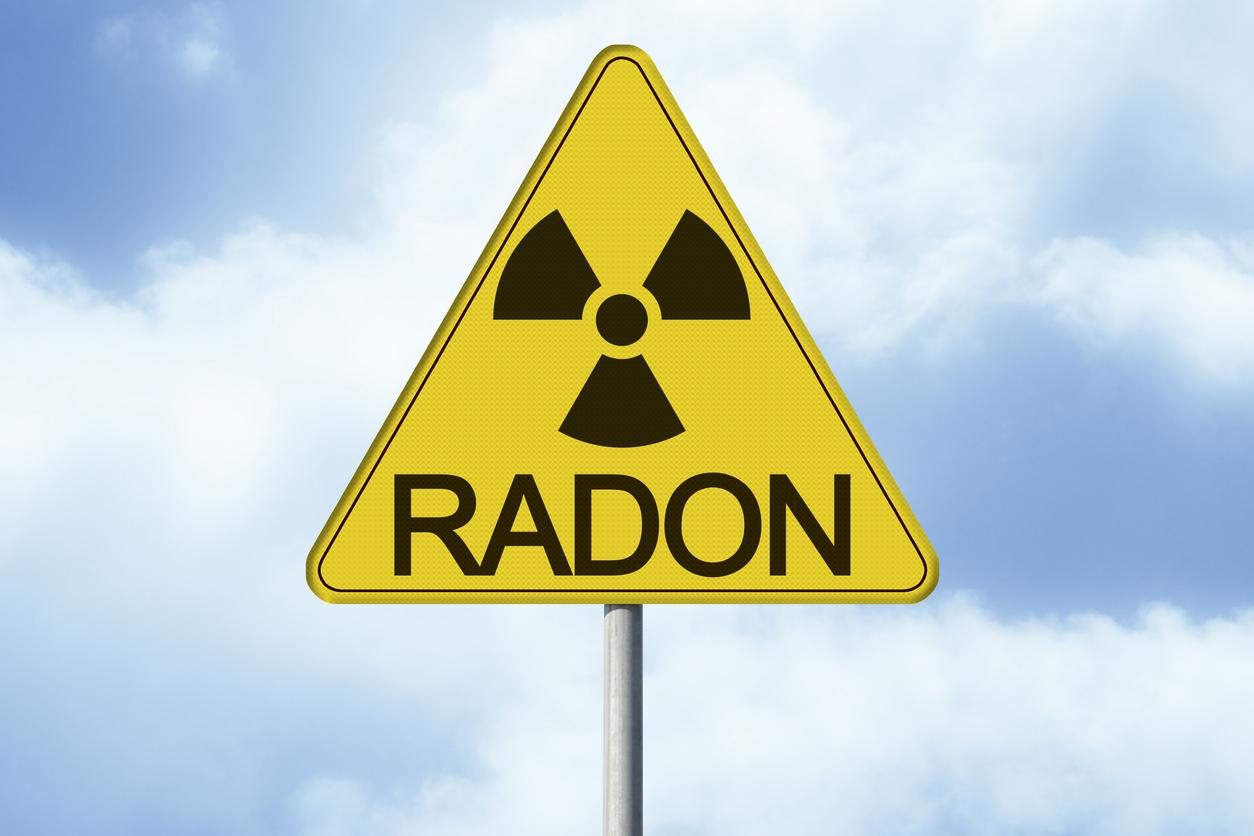May 24, 2005 – Each year, for a set of eight Canadian cities, 5,900 deaths are attributed to air pollution, according to Health Canada1-2. This is an increase of 900 deaths compared to the last estimate made in 2002.
The increase in the evaluation would be mainly due to the use of a statistical model more representative of reality than the previous one. This estimate represents the number of deaths that could be prevented each year if human-caused air pollution were eliminated in North America.
According to Dave Stieb, one of the study’s authors, pollution should be considered an “aggravating” risk factor that causes various diseases, such as cancer or cardiovascular and pulmonary disorders, to cause premature death. He specifies that pollution is not, however, a direct cause of death, like lung cancer, for example, which will be responsible for 19,000 deaths in 2005.
Health Canada considers the average of 5,900 annual deaths to be a “conservative estimate”. It is based on measurements collected in eight urban agglomerations, in which a third of the Canadian population lives: Quebec, Montreal, Ottawa, Toronto, Hamilton, Windsor, Calgary and Vancouver. It is calculated from data for daily concentrations of five specific pollutants: carbon monoxide, nitrogen dioxide, sulfur dioxide, ozone and fine particulate matter.
Globally, 8% of deaths that occur in these agglomerations are linked to air pollution. This percentage is highest in Toronto (10%) and in Vancouver it is lowest (5%). In Montreal, the rate is 9%, which is 1% more than in the Quebec City region.
Martin LaSalle – PasseportSanté.net
Version revised June 13, 2006
1. News release issued by Health Canada on April 29, 2005. www.hc-sc.gc.ca [consulté le 16 mai 2005].
2. Judek S, Jessiman B, Stieb D, Vet R, Estimates of excess mortality from air pollution in Canada, Health Canada, August 30, 2004. www.hc-sc.gc.ca [consulté le 16 mai 2005].















